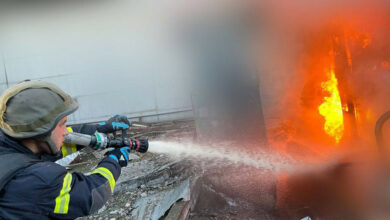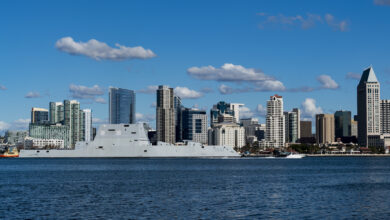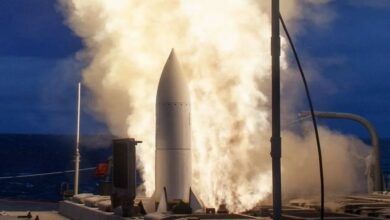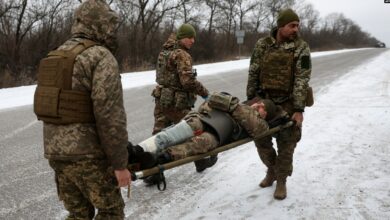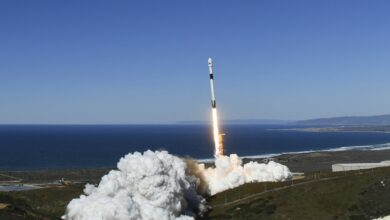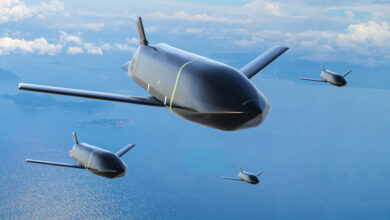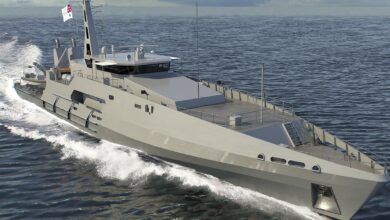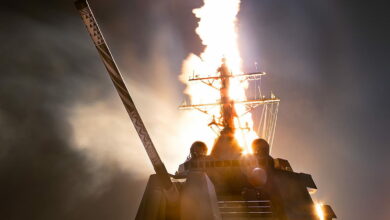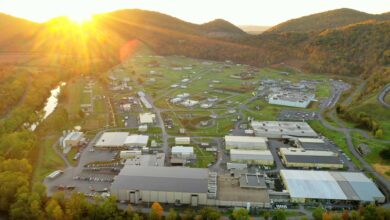What Does North Korea’s SLBM Test Mean for the Korean Peninsula?
SEOUL, SOUTH KOREA – After a few promising years, the peace process on the Korean Peninsula has stalled, with North Korea resuming its weapons testing in full force.
Just last month, Pyongyang made waves by test-firing a new submarine-launched ballistic missile (SLBM) from a major naval dockyard near Sinpo.
Missiles fired from submarines are harder to detect in advance and provide the North with a secondary, retaliatory attack capability. However, in reality, the missile’s military significance is marginal at best.
Political Statement
In a statement on the day after the test, North Korea said the launch “will greatly contribute to putting the defense technology of the country on a high level,” enhancing the capabilities of the navy.
However, Dr. Terence J. Roehrig of the US Naval War College told The Defense Post that the SLBM program in its current stage is not a serious concern.
Dr. Roehrig, who has published numerous books on Korean and East Asian security issues, added that “many technical and operational challenges remain for a functioning missile and operational ballistic missile submarine, but the progress North Korea has made reminds us that we should not underestimate the DPRK’s determination and ability to build new capabilities.”
Additionally, the missile’s short range makes it more likely that the test was a political statement aimed primarily at South Korea. Pyongyang already possesses hundreds of road-mobile short-range ballistic missiles (SRBMs) and medium-range ballistic missiles that can hit targets in South Korea and Japan.

Experts at 38 North, a website dedicated to analyzing North Korean events, believe it’s not a coincidence that the launch took place just a few weeks after South Korea announced its first flight test of a 500-kilometer range SRBM from a submerged submarine.
Ultimately, the North’s latest launch could just be a case of Pyongyang trying to flex its muscles and show Seoul and the rest of the world that it will not be deterred in its weapons development program.
Inter-Korean Relations in the Long Run
Seoul publicly condemned the missile launch but refrained from publishing statements that could inflame tensions.
Even before the launch, South Korean President Moon Jae-in had consistently urged the North to return to the negotiating table, despite having only a few months left in his term.
However, Moon faces a host of issues at home that may complicate his peace drive, including transiting to a “living with COVID-19” scheme, rising home prices in the capital, and a sagging approval rating.
For many in Moon’s ruling Democratic Party, the more important issue at hand will be holding onto the presidency, especially with elections scheduled for March 2022.
Jacco Zwetsloot, host of the NK News Podcast, told The Defense Post it’s unlikely a new South Korean president, whether liberal or conservative, will address North Korean issues differently.
The country’s next president will probably suggest conventional options proposed by every predecessor since Roh Tae-woo stepped down in 1993, Zwetsloot noted, including “working together to denuclearize the Korean Peninsula and turning the armistice system into a peace system; increasing the volume of inter-Korean trade, perhaps by designating a direct-trade port; and the reunion of separated families…”
He added, “These have been on the cards for 30 years and we have not seen consistent irreversible progress on any of them.” Pyongyang has historically been reluctant to abide by disarmament agreements.

North Korea’s Next Steps
Meanwhile, the North shows no signs of letting up in its weapons testing. On November 7, state media reported that the country had conducted artillery exercises to strengthen its defense capabilities.
Much of the North’s artillery pieces are deposited along the border with the South, where they have the range to reach as far as the heavily populated capital.
The drill could be seen as another sign that Pyongyang is continuing to pressure South Korea and the US to ease sanctions against the country and acknowledge its nuclear capabilities.
Since there is almost zero chance that the North can be convinced or coerced to scrap its nuclear program, Dr. Roehrig believes both Seoul and Washington would be better off aiming for “less ambitious goals” such as the possible codification of a testing moratorium or arms control measures.


